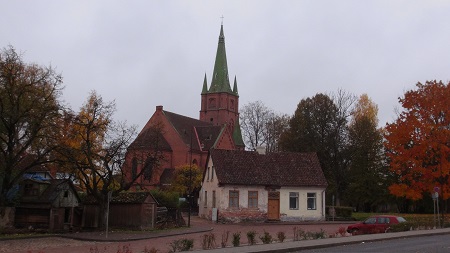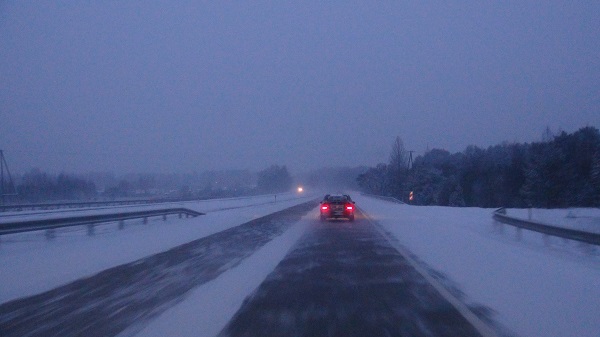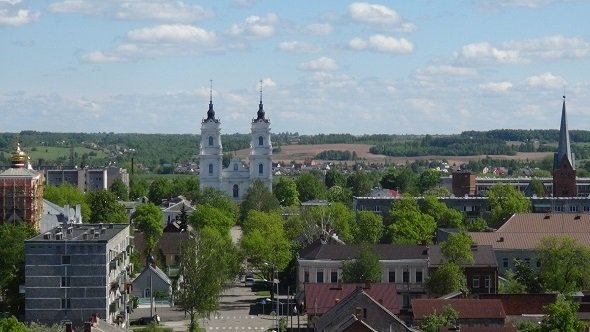The climate in Latvia is temperate continental. The population density is lower than in much of Europe and large parts of Latvia are covered by forests and agricultural pastures. It is possible to see wild animals roaming around if you drive enough around Latvia.
The climate (continental humid) is comparable to cities such as Moscow and Toronto. It has four distinct seasons, each associated with different tasks and colors.
Daytime temperatures in Riga range from an average daily high of +21,7 in July to an average daily high of -2,3 in January.
Nighttime temperatures in Riga range from an average daily low of +12,3 in July to an average daily low of -7,8 in January.

Latvia is a small country, so there are little temperature variations. However, the climate in the West is generally milder (warmer winters, cooler summers) than in the East.
Winters are traditionally considered “white” although there may be periods of thaw. January and February are the coldest months. Several weeks every year may be very cold, going under -20 at night or even day. Throughout winter the interiors are heavily heated (by public heating, the bills of which make it controversial).

Summers are warm, but a few weeks may get very hot (above +30). Air conditioning is nevertheless limited with most homes and public buildings having none. Summers are the key period for seaside holidays.
The water temperature in the Baltic Sea is around 18 C in summer and is considered especially warm if 20 C. In lakes and rivers, it gets significantly hotter.
Latvian terrain is extremely flat (all country under 350 m), meaning there are no altitude-induced climate differences.
The June-to-September period has more precipitation but the difference is low with no real “wet period”. Considerable droughts may take place even during these months, but typically Latvia has more than enough water all year. February and March are the driest months.

If you come from outside Europe it may surprise you that Latvia is very far to the north: further north than any US, Canadian, Japanese, or Chinese major city. While the warm Gulf Stream supports its temperate climate and never allows Latvian ports to freeze, it could not change the day/night cycle. High latitudes mean that in the deep winter the days are quite short (7 hours) whereas in mid-summer they are very long (17 hours), with nautical twilight lasting the whole night. Daylight savings time means that winter sunset is even earlier, getting dark ~4 PM.
The time zone for Latvia is UCT+2 in summer and UTC+3 in winter (due to daylight savings time). In reality, the sun rises and sets some 30 minutes earlier in the easternmost reaches of Latvia than in the westernmost.
There are no natural disasters like volcanoes, earthquakes, or tornadoes (although the Western coast may get windy). Forest fires do happen, but they are minor. The cold in winter takes its toll sometimes but this is limited to the homeless. Heavy rains and strong winds do some damage, but usually only to the property and crops and this damage is minor compared to places like the United States.

If you come from outside Europe it may surprise you that Lithuania is very far to the north…… A bit of mix up in the text of the countries.
Thanks, I have corrected it now
Some disasters have been going on in recent years
like flooding in early summer
and hail the size of a fist in summer 2023
There are minor adverse weather events, however, the only reason these may be called disasters by some in Latvia is because Latvia lacks real disasters, where hundreds or thousands of people are killed and which are common elsewhere (earthquakes, tsunamis, major tornadoes, volcano eruptions, etc.). The deadliest events in Latvian history were all man-made rather than natural, such as wars, genocides, or, in more recent history, the “Maxima” collapse.